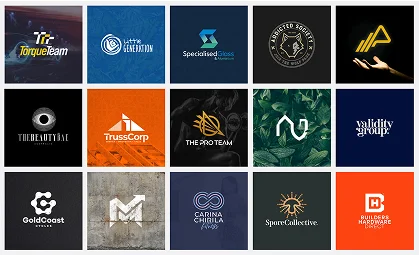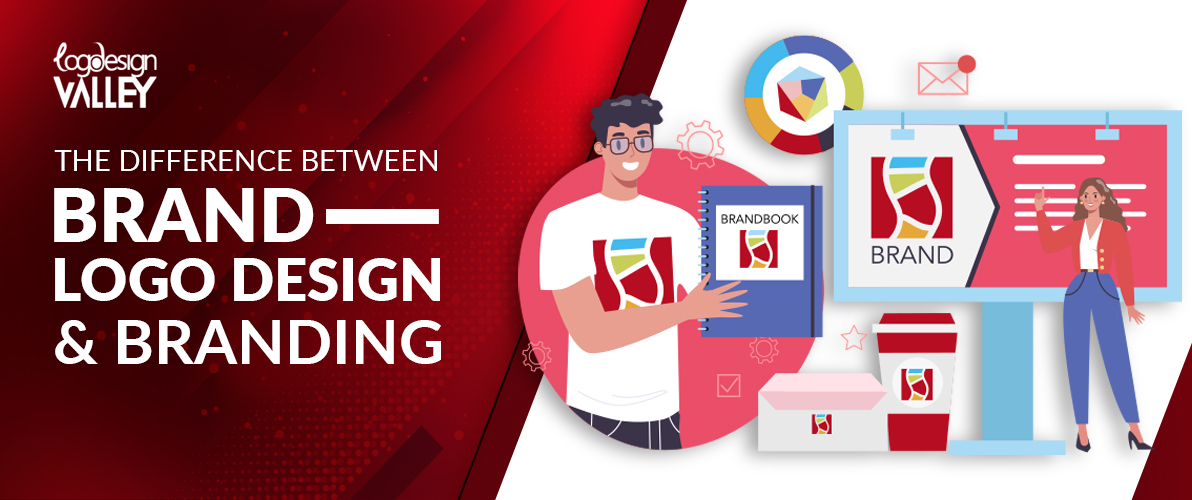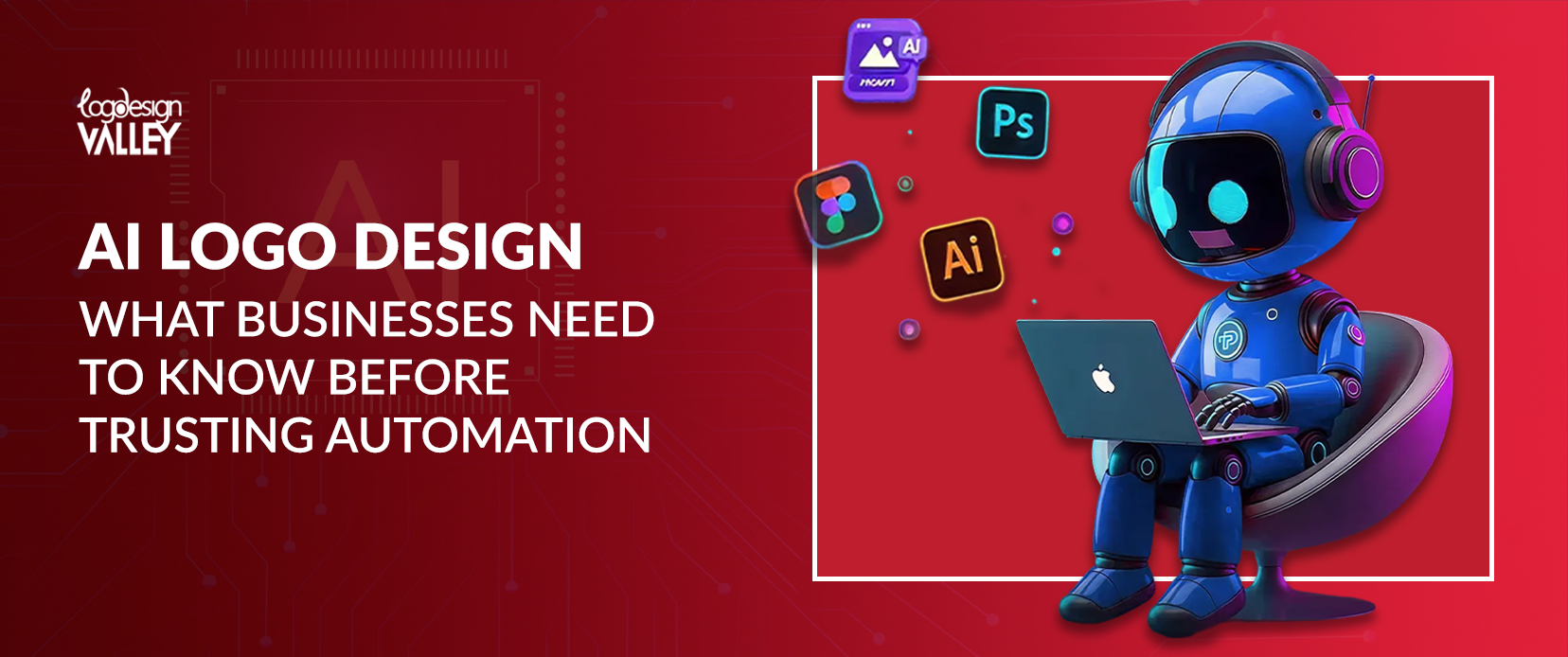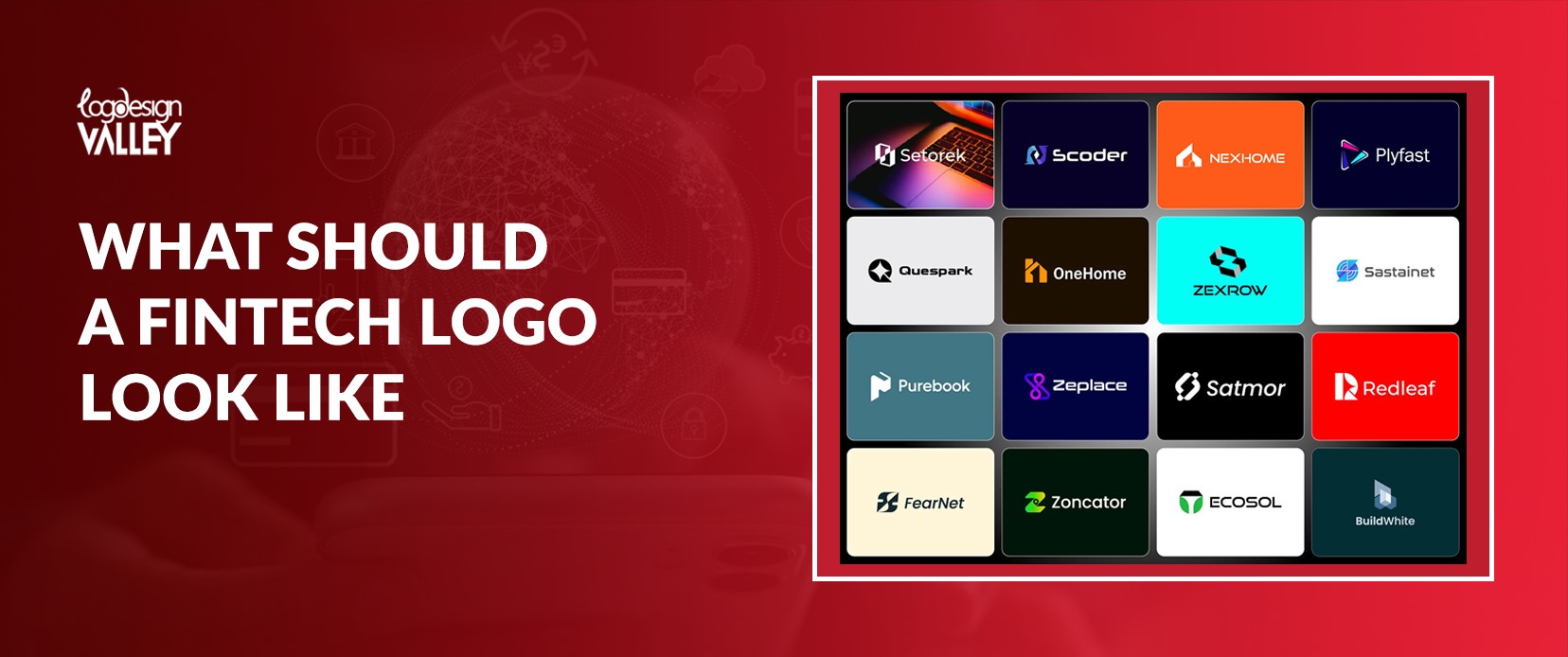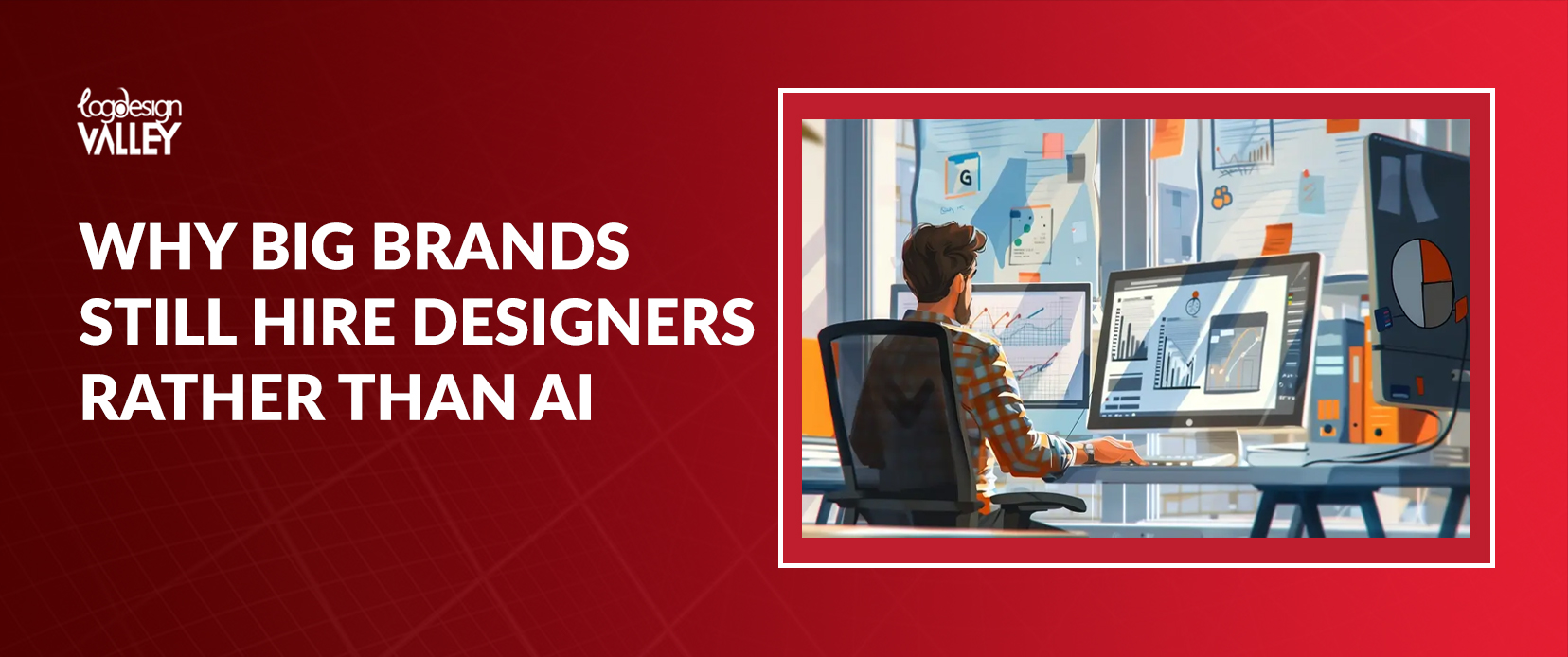You’ve probably heard the terms “logo” and “brand” tossed around a lot. Although they may seem alike, they are actually quite distinct. Picture a business as an individual. Your logo is similar to their face – it’s distinctive, yet it doesn’t reveal everything about them. Alternatively, your brand represents the individual’s complete character, encompassing their appearance, beliefs, and their engagement with society.
Although your logo holds significance, it is merely a single component of a larger puzzle. The impression you leave on people is the entirety of your brand. It’s all about the emotions you evoke, your values, and the reasons for choosing you over others. In this article, we will delve further into the distinctions between these two essential components and investigate the reasons for their significance.
Let’s break it apart!
What is a logo?
A logo serves as the identity of your business. It is the visual emblem that signifies your brand. Consider it as the initial impact you create. A memorable, simple, and relevant logo is important for your business. It must be able to be used in various sizes and colors. Though crucial, a logo is merely a single element in the overall branding strategy. It is the quick and easily recognizable visual symbol that people use to identify your business. It’s similar to a memorable melody that gets stuck in your mind.
What is branding?
Creating a powerful and enduring image of your business is what branding entails. It goes beyond being just a symbol, it involves creating a good standing and establishing an emotional bond with your clientele. Branding encompasses your logo, website, customer service, and social media presence. It involves determining your identity, values, and reasons for being chosen by others. Consider branding as the narrative you share about your company. It’s all about ensuring a seamless experience for your customers, from beginning to end.
What is brand identity?
The personality of your business is defined by your Business Identity. What differentiates you from your rivals is the one-of-a-kind mix of components. It consists of your logo, color palette, typography, and branding communication. However, it also includes your brand principles, your desired customer base, and the overall customer experience you aim to deliver. Your brand identity is equivalent to the personality of your business. It’s what sets you apart and makes you more memorable and preferred than others. Developing a solid brand identity is crucial for establishing a dedicated customer following.
The key differences between logo design and branding
Logo and branding are frequently confused. Consider this: your logo represents the appearance of your business, whereas your brand reflects its character. Your logo is a basic visual representation, similar to a memorable melody. It is simple to recall, yet it doesn’t provide much information about the song. Branding, conversely, encompasses both the lyrics and melody of the entire song. The focus is on the emotions the song evokes, the narrative it conveys, and the reason for its enduring appeal.
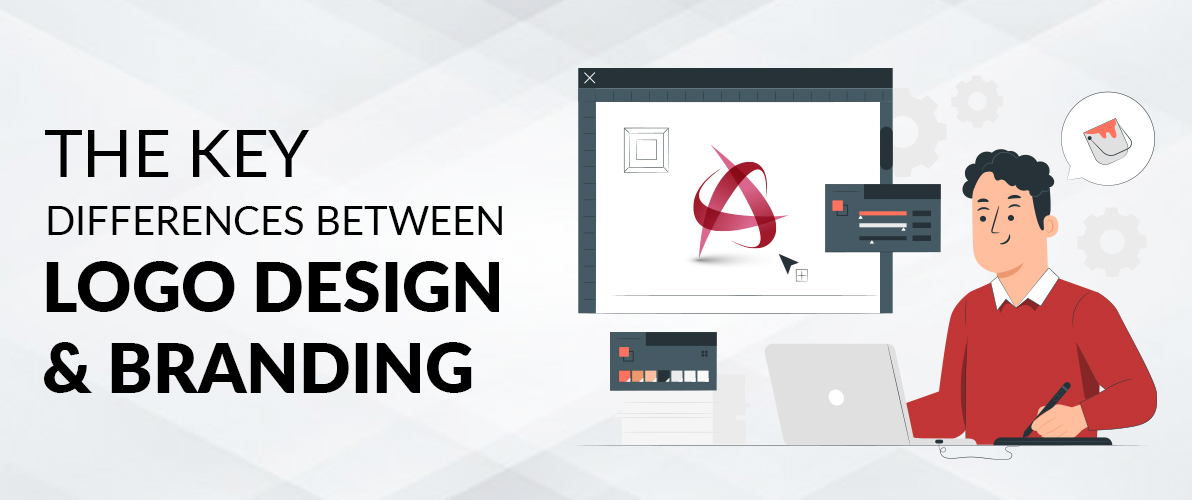
A logo is only a single aspect of your brand. It’s similar to the final touch on a dessert sundae. While it is crucial and can enhance the appeal of your brand, it does not constitute the entire dessert. Your brand is like a sundae, including the ice cream, toppings, and unique sauce that sets it apart. Branding involves ensuring a uniform experience for your customers, starting from when they first notice your logo until they make a purchase.
Designing a logo involves establishing a visual brand representation. It’s all about selecting the appropriate colors, fonts, and shapes to embody your brand. However, branding focuses on establishing an emotional bond with your clients. It is centered on sharing a narrative, establishing faith, and fostering allegiance. A powerful brand can create a sense of belonging in individuals.
Consider this: your logo represents a commitment, whereas your brand signifies the fulfillment of that commitment. Your logo reminds people of your presence, while your brand assures them of your reliability and commitment. An effective logo can assist with business recognition, while a powerful brand can influence customers to select you instead of your competitors.
logo design vs brand identity
| Feature | Logo Design | Brand Identity |
| Focus | Creating a visual symbol | Building a comprehensive image |
| Elements | Colors, fonts, shapes | Values, messaging, personality |
| Goal | Recognition and memorability | Connection and trust |
| Example | Nike swoosh | Apple’s focus on innovation |
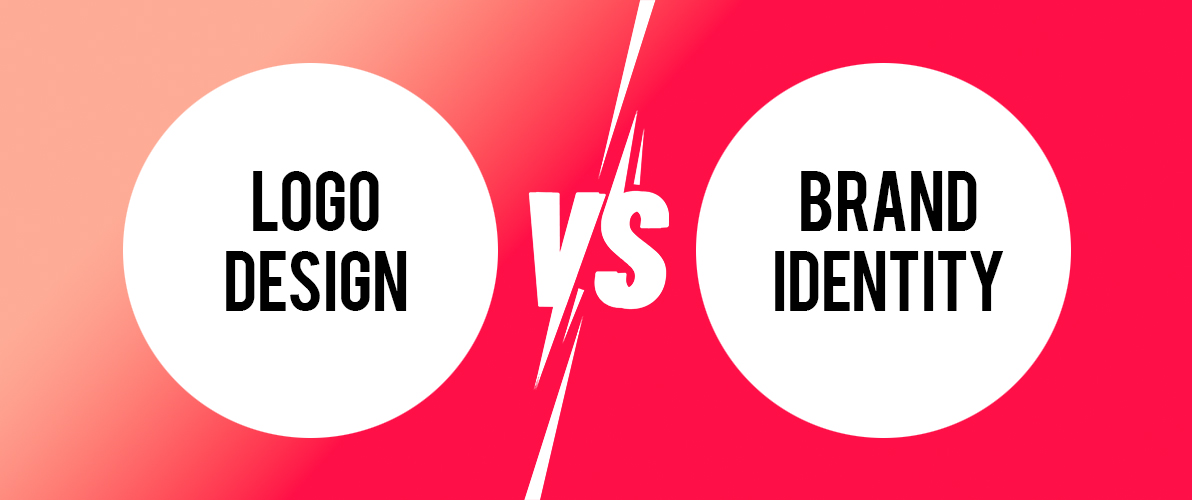
How do logos fit into branding?
The logo represents the identity of your company. The initial impression is crucial as it tends to linger in people’s thoughts. However, it’s not just a beautiful image. An effective logo is similar to a strong initial impact; it suggests the brand’s narrative without fully revealing it.
Consider your brand as an individual and view your logo as their unique signature. It is a one-of-a-kind marker that finishes the image. A powerful logo enhances the identity and beliefs of your brand. It is the visual shorthand that enables individuals to rapidly grasp the essence of your business.
A logo is similar to a puzzle piece that aligns with the larger image of your brand. It collaborates with your brand’s narrative, principles, and communication to form a unified identity. When executed properly, your logo transforms into more than just a symbol; it evolves into an effective weapon for fostering brand loyalty and recognition.
Why are both logo design and branding important?
Think of your business as an individual. Your logo serves as their identity – easily recognizable and memorable.
However, a facial expression by itself doesn’t reveal everything. This is where branding plays a role. It’s similar to the individual’s character, beliefs, and their approach to engaging with the world.
Book a Branding Consultation
Let’s elevate your brand together. Learn how a strong logo contributes to your brand narrative.
Recognition requires a powerful logo. It is the visual symbol that aids individuals in recalling your company. However, it is only one part of the larger picture. Branding fosters a stronger bond with your customers. It involves establishing trust, loyalty, and a solid reputation.
Consider this: a logo is comparable to a memorable song that gets stuck in your mind. However, branding encompasses the entire composition, featuring meaningful lyrics and a melody that evokes emotions. United, they form a potent duo that makes a long-lasting impact.
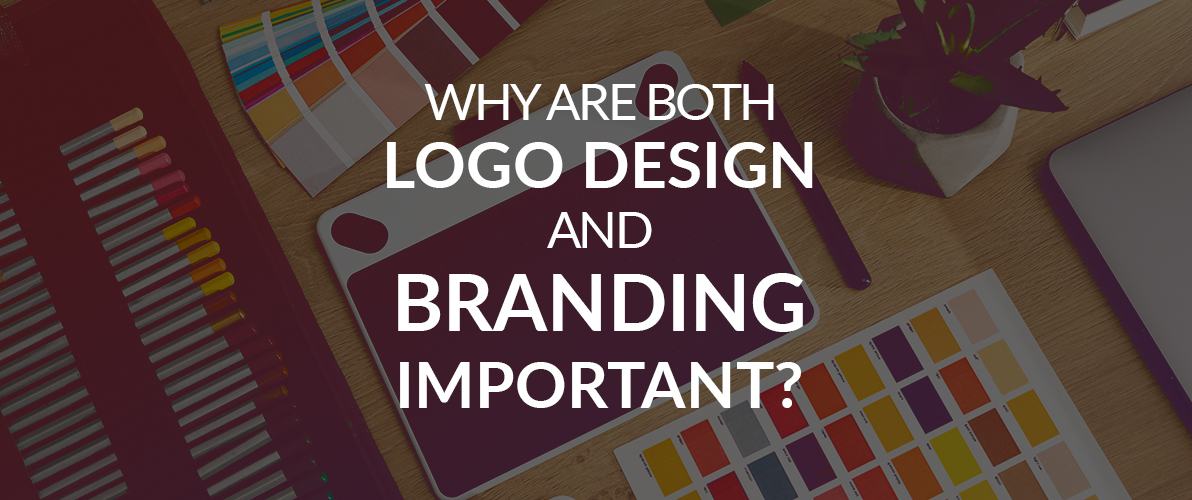
In summary, custom logo design and branding are both crucial for the success of a business. A well-crafted logo strengthens your brand’s identity, while an effective brand strategy helps your business differentiate itself in the market.
You need both the chicken and the egg to build a genuinely remarkable business.
How to Design a Logo For Your Brand Identity?
Creating a logo that accurately reflects your brand identity is essential. Your logo represents the visual identity of your company and should embody the core values of your brand. It is not only a beautiful image but also a key factor in building brand awareness and memory.
To develop a logo that truly connects, begin by comprehensively grasping your brand’s identity. What principles do you embody? Who are you trying to reach? What feelings do you aim to bring forth? After you have a definite understanding of your brand, you can start transforming it into a visual representation. Take into account the colors, fonts, and symbols that most accurately reflect your brand’s character. Simplify, make it easy to remember, and adaptable. An excellent logo is enduring and can be utilized on different platforms. You can simply hire logo designer who will make the perfect logo for your brand.
Keep in mind, your logo is only a single part of your overall branding strategy. Although it holds significance, it should not detract from other crucial aspects such as brand messaging, tone of voice, and customer experience. A powerful logo enhances your brand’s identity, but a truly prosperous brand is established on a sturdy base of principles and relationships with customers.
Common mistakes to avoid with logo design and branding
Creating a strong brand identity demands careful planning and execution. Many companies may fall into common traps that hinder their brand’s success. One frequent error is failing to recognize the importance of maintaining consistency. Ensuring that your logo, colors, fonts, and messaging align is crucial to setting a cohesive brand identity. Lacking consistency can lead to audience confusion and diminish your brand’s effectiveness.
Another common mistake is trying to meet the needs of all individuals. Your brand must target a particular audience and resonate with their distinct needs and desires. Trying to appeal to diverse customers can result in a brand identity that is unremarkable and easily unnoticed. Identifying your target market and aligning your branding strategies is essential.
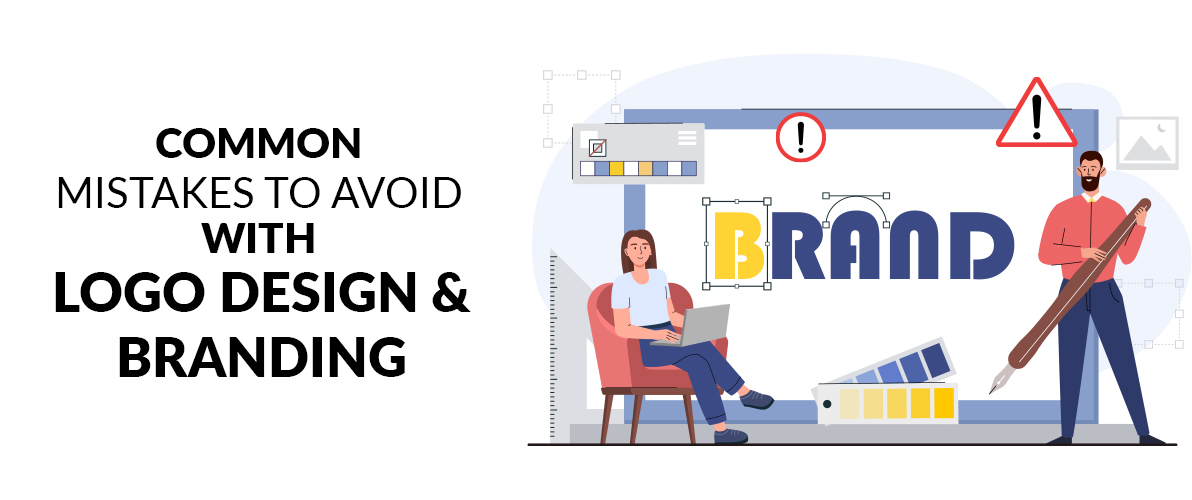
Ignoring the significance of storytelling is another mistake to steer clear of. Your brand requires a compelling narrative that connects emotionally with your audience. People are more likely to remember and engage with brands that have a story in common. Do not underestimate the importance of crafting an engaging brand story that resonates with your target audience.
In the end, failing to adapt to change could have negative consequences for your brand’s success. The business landscape is constantly evolving, requiring your brand to evolve in sync. Stay updated on industry trends, consumer preferences, and technological advancements. Be ready to adjust your branding approach as needed to stay relevant and competitive.
Conclusion
Your logo serves as the initial impression for your business, while its brand embodies its personality. Both are extremely vital. A powerful logo and an excellent brand collaborate to help your business distinguish itself. Keep in mind that your brand is constantly evolving, so make sure to stay current. By giving attention to both aspects, you can create a beloved business.


